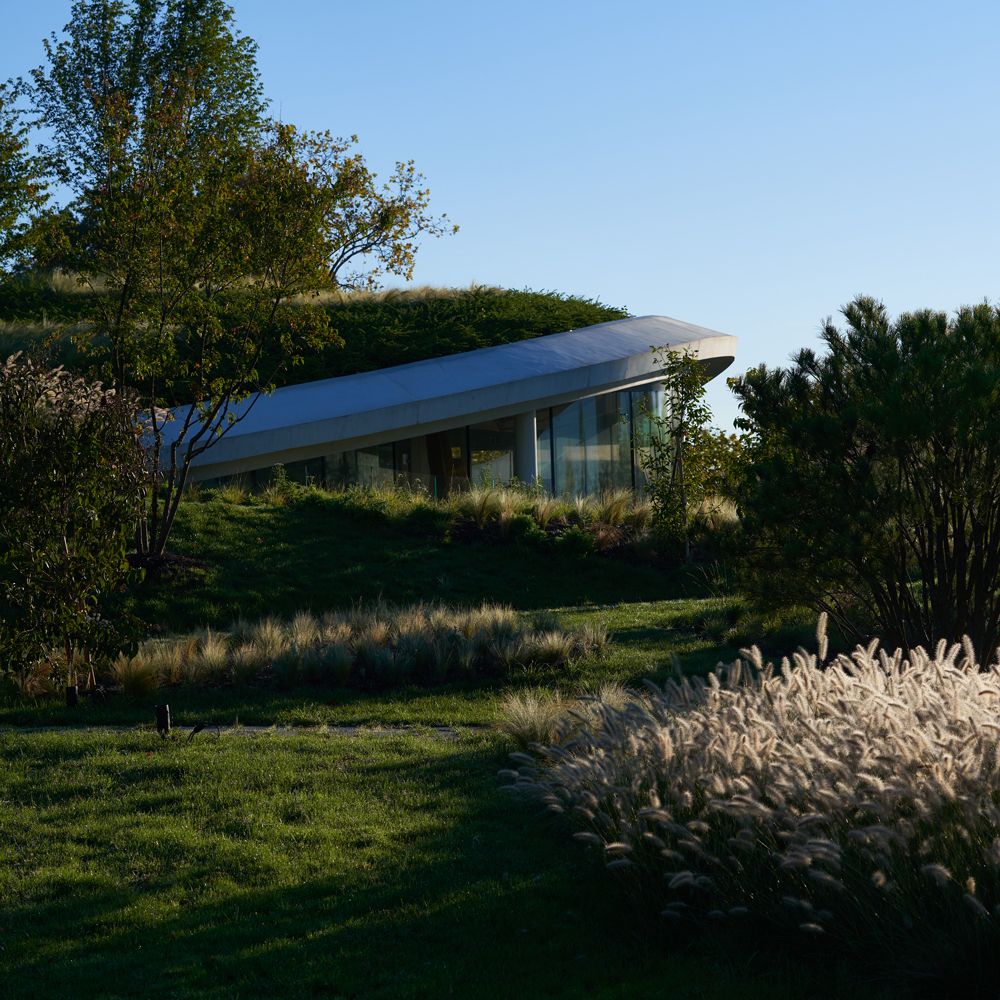Bordeaux 2020: Pessac-Léognan reds
Author: Mark Pardoe MW

In this series, Mark Pardoe MW provides insight into how Bordeaux’s key communes fared in 2020. Here, our Wine Director looks at the red wines of Pessac-Léognan, based on conversations with Véronique Sanders of Ch. Haut-Bailly and Olivier Bernard of Domaine de Chevalier.
At a glance: Pessac-Léognan in 2020
- Hectares under vine: 1,791
- Average yield: 35hl/ha in 2020 (47hl/ha in ’19); down 25%
- Significant red wine châteaux: Haut-Brion; Domaine de Chevalier, Haut-Bailly, Latour-Martillac, Malartic-Lagravière, La Mission Haut-Brion, Pape Clément, Smith Haut Lafitte; Les Carmes Haut-Brion, Le Pape
Pessac-Léognan 2020: Ch. Haut-Bailly
Véronique Sanders classifies the ’20 vintage as “diabolique” in the French version of her vintage notes. What is intended is that the vintage was devilishly challenging, but she is aware that the connotations of the word in English are a little removed from that meaning. So, the English version is retitled as “A year for invention”. Certainly, several challenges had to be addressed creatively throughout the year.
In April, Véronique had to hire an extra 50 people. The conditions of warmth and humidity were causing rapid growth in the vineyard. She felt that, unless they acted now, they would never be able to catch up. In May, there was twice the normal amount of rain. Véronique showed photographs of the vineyard’s tracks covered in standing water. But these challenges of growth and accompanying disease were overcome. By the end of the early flowering, the expectation was for a large crop to be picked at the end of August.
Pessac-Léognan 2020: moderating influences
Of course, this was undone by the 54 days of drought until mid-August. But Haut-Bailly’s reputation as having truly great terroir is, in part, due to the presence of some clay in the soil. Throughout Bordeaux, this has been such a critical moderating influence in this vintage.
In fact, the greatest influence on the yield was the two weeks of warm, drying wind in September. The reduced impact of the drought is clear from the harvest date, which was 10 days ahead of average; the bunches had not been unduly blocked in August. The harvest began on 9th September; it finished on 24th September at Haut-Bailly, and 25th September at Le Pape. The yield was 37 hl/ha, the same as in ’10.
Véronique drew another comparison with that vintage, to illustrate how the extraction techniques have changed over the intervening decade. Back then, fermentation would have been at 28-30°C; in ’20, it was held nearer 24°C. The pumping over is also significantly reduced, moving only one-third of the vat, and only on mornings and evenings. These changes are made with the benefits of much riper tannins at harvest. But the results are clear in the smooth and elegant tannins of ’20, with depth and density.
A new winery at Haut-Bailly
They have built a superb new winery at Haut-Bailly over the past two years. It was not quite ready to receive the harvest in ’20, so the fermentations were done in the old cellar. The wines were subsequently moved to the new cellar for blending and ageing.
The new winery appears to have emerged tectonically out of the ground. It is a marker for the soft touch and minimal intervention that the team seek. Although willing to embrace elements of the organic and biodynamic movements, Véronique feels that the strictures are difficult to apply in Bordeaux. Despite the recent run of warm years, this is still a maritime climate, and effective spring disease control within the defined treatment parameters remains problematic. The mildew attack in May and June 2020 was controlled by intensive man-hours. They had also learned from their experience in ’18 when they lost almost half the crop, but it was touch-and-go.
A “third way”
Her instinct is to explore a “third way”: one that acknowledges the benefits of organic farming but is also more specifically adapted to the local challenges; and that also addresses broader environmental concerns, such as CO2 emissions. Although the trials are still in the early stages, the intentions stand as a testament to the château’s constant re-evaluation and invention.
Most of all, Véronique was keen to stress the pride she has in her vineyard team. The early 4am starts to oversee the prevention of frost; endless hours in the vineyard fighting the mildew, even on weekends; and the difficulties of working and harvesting under Covid-19 restrictions all speak to their dedication.
Pessac-Léognan 2020: Domaine de Chevalier
At Domaine de Chevalier, Olivier Bernard experienced many of the same challenges, but he was also able to pinpoint some interesting nuances. He too was expecting an early harvest and a vintage akin to ’03. But August was not a hot month. It was warm, certainly, but not overly hot; not great for holidays, he says. August’s 68 millimetres of rain saved the vintage.
The Merlot was picked early in the morning until 11am and, much to the pleasure of his Spanish pickers, there was then a siesta. Domaine de Chevalier is lower-lying than Haut-Bailly and does not have any clay; Olivier’s Cabernets were very concentrated by the drought. They needed September rain in the same way that the Merlots had been saved by that in August.
For Olivier, the results are spectacular. There was very little juice in the Cabernet berries, and ’20 is the most structured red wine he has made at Chevalier. He describes it as more St Estèphe than Margaux. The cooler August has preserved acidity. All the Cabernets were harvested at or over 13 degrees of potential alcohol; Olivier says that the barrel-ageing period will be key. The wines are full of energy, not at all flattened by the heat. But the big, strong tannins will need, in Olivier’s words, “a little civilising” by the barrels.
For more Bordeaux 2020 En Primeur coverage, you can visit bbr.com or browse our range of Bordeaux 2020 virtual events.


